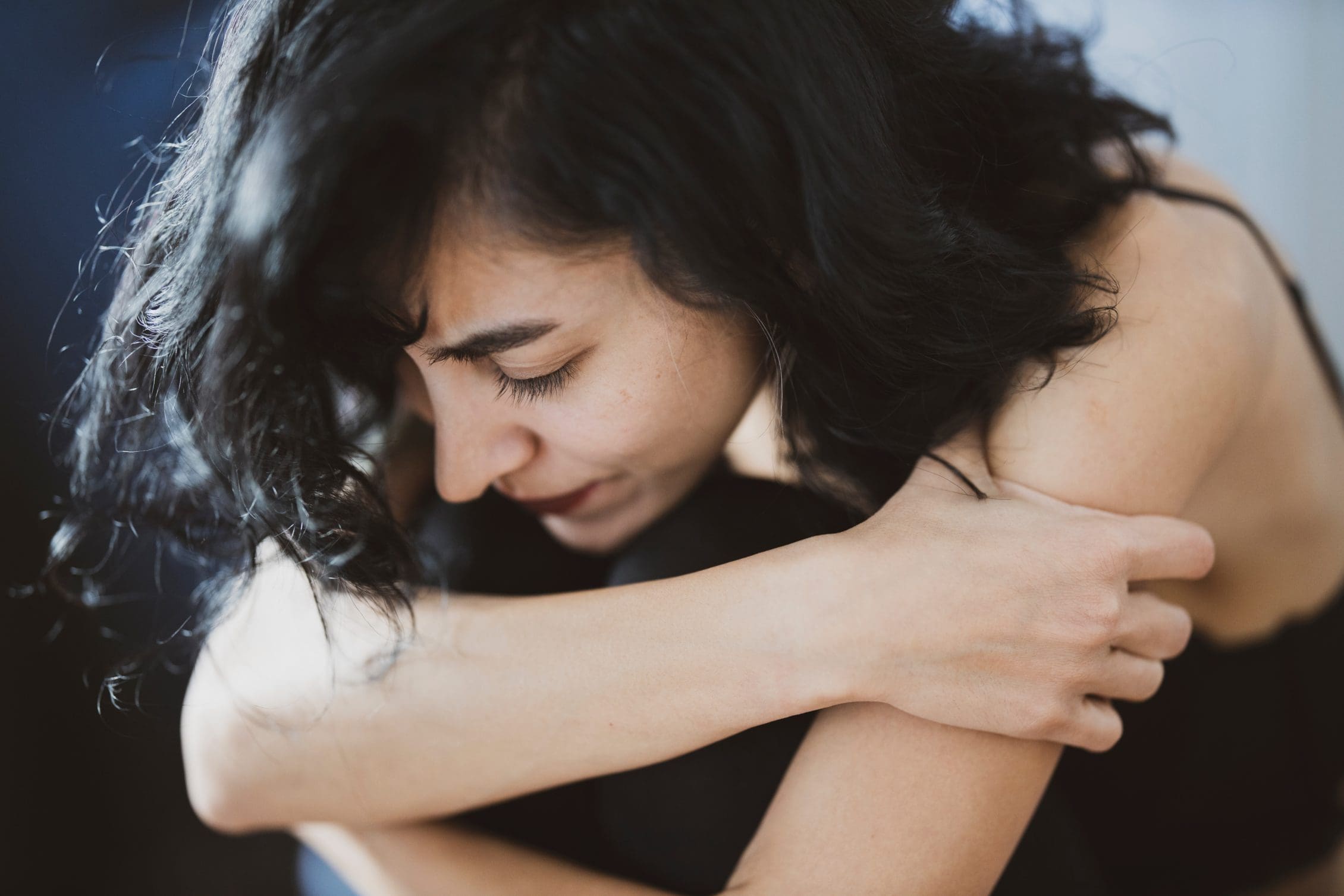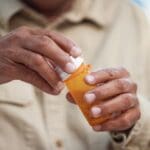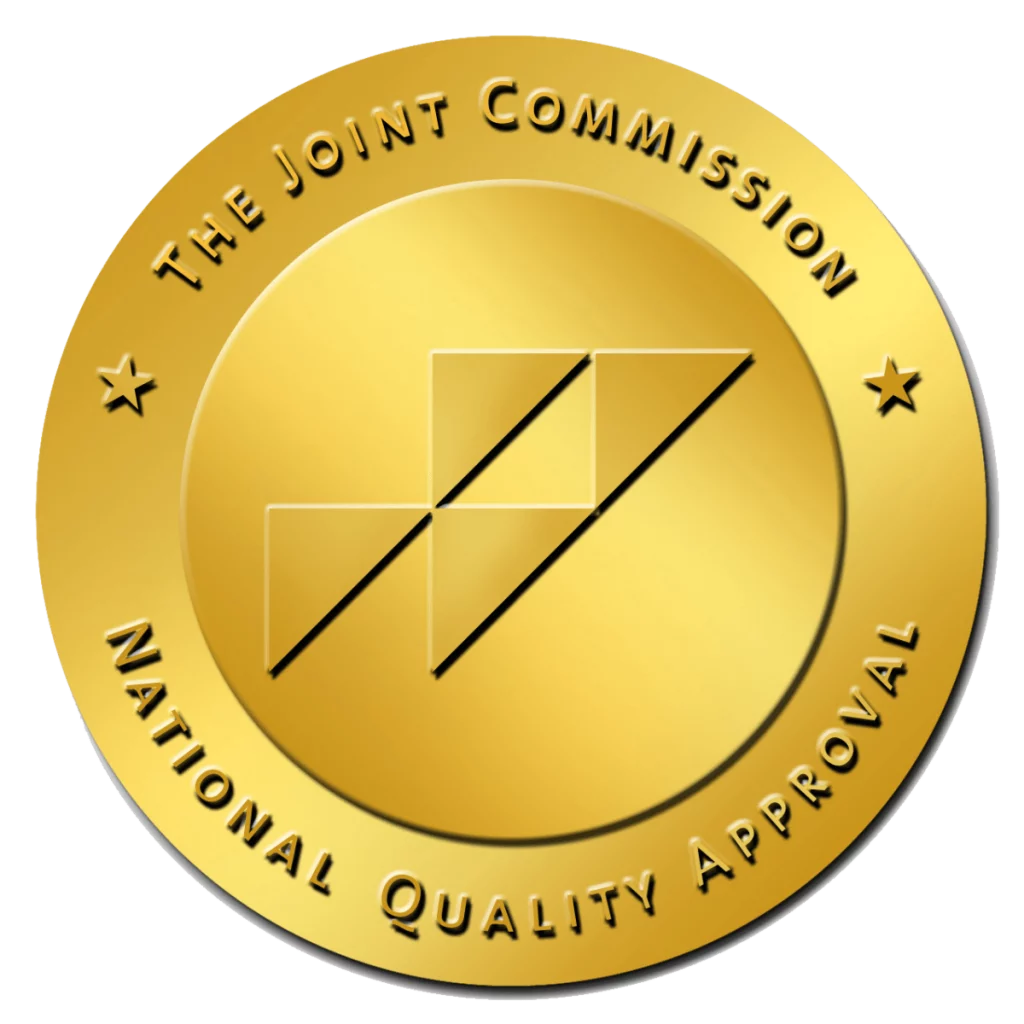The ways people feel about someone who seems sad can vary from annoying bluster (Cheer up! Why so gloom and doom? Smile!) to harsh judgment (S/he’s antisocial, lazy, a deadbeat).
If you or a loved one has felt sad, empty, or numb pretty consistently for a few weeks or more, it’s likely that you’re struggling with a type of depressive disorder, for which cheery “encouragement” or shame/blame will only make things worse.
Severe Depression & Suicide
There’s a wide range of depressive disorders, and they can each range in severity. At its most severe, depression puts a person in danger of suicide. Severe depression can be characterized by thoughts of suicide or self-harm. It may also trigger psychotic episodes, including hallucinations and delusions.
Signs of suicide ideation include talking about wanting to die; looking for ways to commit suicide (like buying a gun); talking about feeling hopeless, trapped, or like a burden to others; isolation; extreme mood swings; and reckless behavior.
If you feel suicidal or suspect a loved one is suicidal, act immediately. Call 988, the Suicide & Crisis Lifeline. In addition to depression, other mental health disorders can put a person at risk for suicide, as well as substance use disorder, a history of trauma or abuse, major loss or grief, impulsive tendencies, lack of social support, and a family history of suicide.
For someone who is undergoing severe depression, a behavioral health facility like Raleigh Oaks can help. Doctors, nurses, therapists, and other staff work to stabilize the person with medication and then provide a wealth of support through individual therapy, group therapy, and holistic therapies. In many cases, some time in inpatient care can be the turning point for someone who suffers from depression, giving them a firm footing on which to move forward with hope and confidence.
Types of Depression
According to the Anxiety & Depression Association of America, 17.3 million adults in the U.S. experienced at least one major depressive episode in 2017, and depression is the leading cause of disability in the U.S. in people between the ages of 15 and 44.
The most commonly diagnosed type of depression is major depressive disorder, or clinical depression. This is probably the easiest to recognize: the person experiences excessive sadness, loss of interest in things they used to enjoy, fatigue and insomnia, changes in appetite, and difficulty concentrating. Symptoms last at least two weeks and begin to interfere with the person’s life, making it difficult for them to manage responsibilities at home, school, or work.
A more difficult type of depression to diagnose is persistent depressive disorder (PDD), which manifests as sadness or a dark mood off and on for two years or more. PDD is generally milder than clinical depression, but chronic.
Women who experience severe symptoms of PMS may be suffering from PMDD (premenstrual dysphoric disorder). In PMDD, the somewhat typical mood changes associated with PMS are much more severe, with extreme sadness, anxiety, anger, or moodiness potentially disrupting the person’s work, home, and social life. Like PMS, PMDD lasts for about 2 weeks of the month, beginning 7-10 days before a person’s period begins and lasting a few more days during the period.
Other more short-term types of depression include adjustment disorder (in which a life event triggers temporary depression) or seasonal affective disorder (SAD), when the changes in season can trigger depression. And next time on this blog, we’ll look at bipolar disorder, a type of depression also known as manic-depression.
When to Seek Treatment & Hospitalization for
Severe Depression
Less severe depression may be resolved with a combination of medication and therapy or therapy alone. In the case of PMDD, antidepressants may be prescribed short-term, perhaps for a brief time each month. Other types of less severe depression may also require only short-term periods on medication until symptoms abate.
If you’ve been feeling unusually down, sad, hopeless, irritable, or empty, and if these feelings are interfering with your ability to function as well as you would like to, talk with your doctor. They will be able to direct you toward diagnosis and treatment, which may include therapy, antidepressants, or both.
If you have been diagnosed with depression and are still struggling, talk with your therapist, psychiatrist, or doctor. Sometimes depression does not respond well to treatment, or maybe a life event has triggered a more severe episode. Depression that becomes severe may require an inpatient stay at a behavioral health facility.
If you or a loved one is suffering from depression, it can feel quite frightening and hopeless. But treatment can and does help. Raleigh Oaks’ compassionate team in Garner, NC, can bring stability to you or your loved one and put you on a path toward peace.






